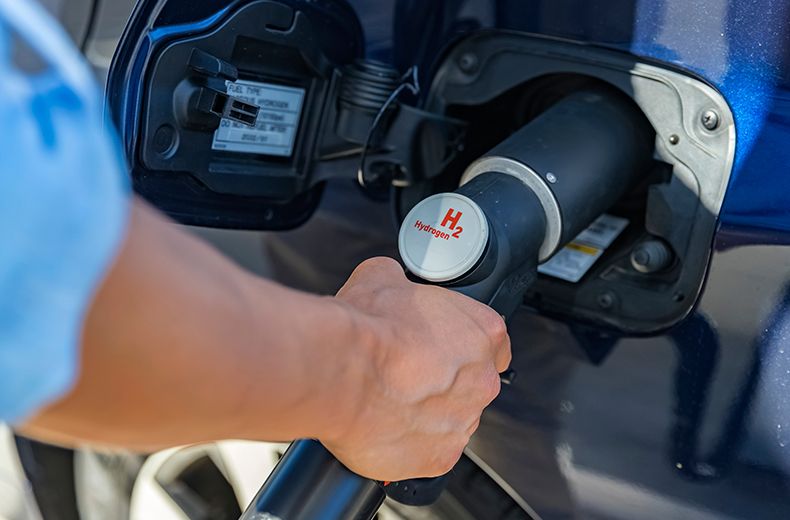The government and most of the car industry has hedged its bets on electric cars and vans, with EV registrations close to 20% of the new car market today.
But one solution is unlikely to suit all, particularly when it comes to transporting people and goods hundreds of miles. That's why some carmakers put hydrogen forward as a sustainable fuel source.
Hydrogen cars, or hydrogen fuel cell cars, have been around in concept form for many years. But it took until 2014 for Toyota to become the first manufacturer to put a hydrogen car on sale to the public, with the Mirai.
Over a decade has passed since then, so why aren't there thousands of hydrogen fuel cell cars on the road? Is there still untapped potential in hydrogen power for transport? We'll take a look in this in-depth guide.
Hydrogen cars
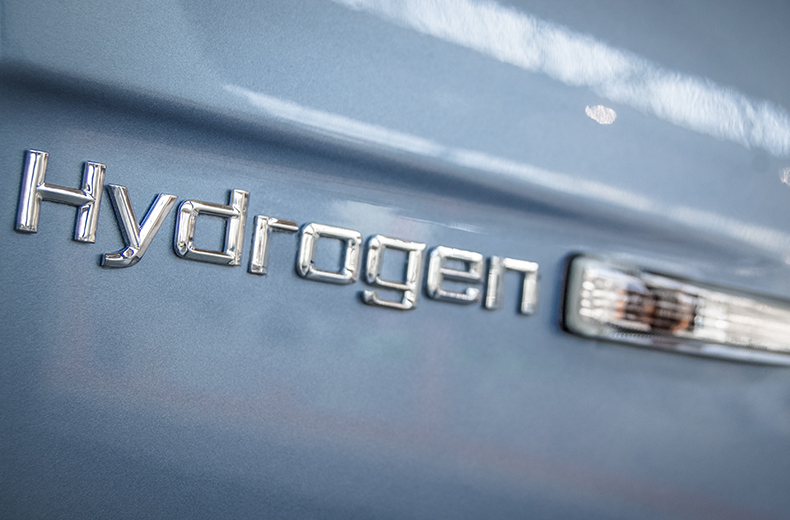
Hydrogen cars are powered by electricity they produce internally through chemical reactions between hydrogen and oxygen.
The only tailpipe emissions are water since the by-products of the chemical reaction which powers the hydrogen fuel cell are just heat and water.
The electricity generated either powers the car directly, or charges a battery which stores the energy until it’s needed. This traction battery is usually significantly smaller and lighter than the battery of a fully electric car.
The hydrogen fuel is stored in a high-pressure tank and can be refilled in much the same way as petrol and diesel.
These cars are sometimes known as “Fuel Cell Electric Vehicles” (FCEVs).
How and where to fill up a hydrogen car
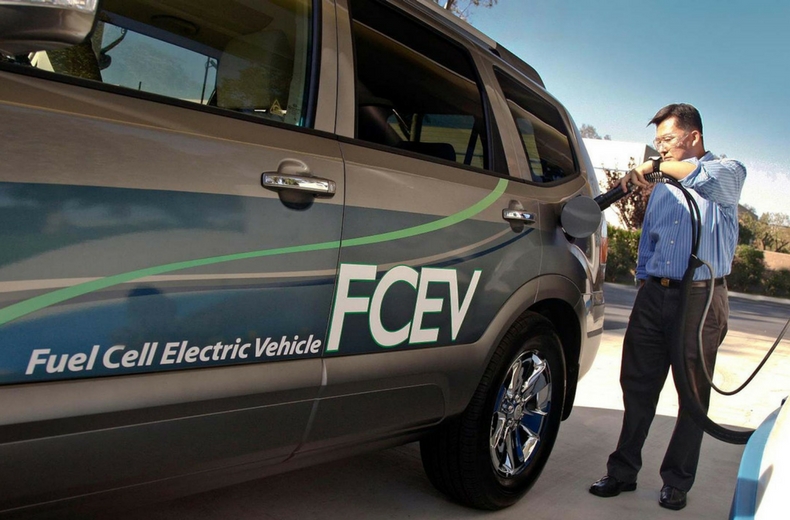
Hydrogen cars’ high-pressure tanks can be refilled in around five minutes with a fuel pump at a filling station.
Despite multiple attempts over the years to fund the expansion of a hydrogen filling infrastructure in the UK, there are currently only around 15 stations operational across the country.
However, the infrastructure is even more limited because only about six of those filling stations are accessible to the public. They are located in Birmingham, London, Sheffield, Swindon, Aberdeen and Port Talbot.
An £8 million government grant was issued to a British start-up in 2023 to help build a hydrogen infrastructure in the north-east of England, but this had yet to materialise.

RAC sale – up to 33% off*
• Roadside cover from £5.29 a month†
• We get to most breakdowns in 60 mins or less
• Our patrols fix 4/5 breakdowns on the spot

How is hydrogen produced?
Currently, the vast majority of hydrogen production still uses natural gases. However, the government is investing heavily in greener alternatives like CO2 capture technology.
Electrolysis, the process of splitting water into hydrogen and oxygen, is a more eco-friendly option when using renewable electricity.
In February 2020, the government announced plans to move away from natural gas-based hydrogen production confirming the funding of Europe’s first large scale, low-carbon hydrogen plants.
As of February 2025 there are several operational low-carbon hydrogen plants in the UK, with the government setting a target of producing 10 gigawatts of low-carbon hydrogen by 2030.
Hydrogen car buyers guide
Pros
- Cheaper tax
Like electric and plug-in hybrids, hydrogen fuel cell cars are classed as ‘ultra low emission vehicles’ (ULEVs) and benefit from the same tax advantages as other ULEVs.
As they emit no CO2, owners won’t have to pay any vehicle excise duty (VED, commonly known as road tax). That’s aside from a £310 annual supplement for cars over £40,000 for the first five years.3
- Exempt from charges
They’ll also be exempt from the London Congestion Charge and other clean air zones like those in Birmingham and Leeds.
- Kinder to the environment
As well as the economic benefits, drivers of hydrogen-powered cars will be doing their bit for the environment, as there are no harmful tailpipe emissions.
Although hydrogen is still mostly produced using fossil fuels, it generally produces fewer harmful emissions than burning petrol or diesel and it can be made using renewable electricity via electrolysis.
- Longer range
While finding somewhere to fill up is an issue, most hydrogen cars are capable of covering 400 miles from a tank - even the most expensive electric cars struggle to do that in reality.
- Speedy refuelling
A hydrogen tank can be refilled in around five minutes.
Cons
- Refill stations
Currently, hydrogen is difficult to find, with just a handful of filling stations open at the time of writing.
More have been planned in various projects over the years, but right now it’s not practical for the majority of UK motorists.
- Running costs
Hydrogen filling stations are more expensive
Sold by the kilogram, with current prices around £15 per kilo, it’ll cost up to £95 to refuel a Hyundai Nexo’s 6.33kg tank.
With consumption of 0.95kg per 100km (62 miles) the Nexo will cost around £11.40 to cover 100km (62 miles). An equivalent diesel will cost around £8 to cover the same distance. An electric car, such as the Hyundai IONIQ 5, will cost far less if you can charge at home.
- Purchase cost
If you want to buy a hydrogen car outright, it’ll cost considerably more than an equivalent petrol or diesel model, for example the Hyundai Nexo will set you back £69,000.
- Fuel tanks
Finally, hydrogen has to be compressed to fit into fuel tanks, so those tanks have to be extremely strong – which costs money and adds weight.
Some are also concerned about the flammable qualities of hydrogen.
It’s highly combustible, although so is petrol – and most of us don’t worry about driving around with an arguably less well-protected tank full of fuel underneath our car.
The EuroTunnel does not allow vehicles powered by flammable gas to use the shuttle between the UK and France.
However, Toyota claims that the Mirai’s hydrogen tank can absorb five times the crash-energy of steel.4
Hydrogen infrastructure challenges
The biggest issue with hydrogen power is the lack of infrastructure, but if no-one buys hydrogen-powered cars, that’s not going to change anytime soon.
Hydrogen filling stations are expensive to build, but the UK government and the EU are backing a drive to increase the number available.
Nevertheless, by early 2024 Europe as a whole had just 265 hydrogen filling stations.
The 'chicken and egg' situation that plague early electric car charging infrastructure remains: if the hydrogen infrastructure isn't increased then few people will buy or lease hydrogen cars, but there's no profitable market for hydrogen filling stations without hydrogen cars on the road to fill.
Hydrogen cars available today
Many manufacturers have tested hydrogen cars, but as of 2025 there are only two available to buy or lease in the UK.
Toyota Mirai
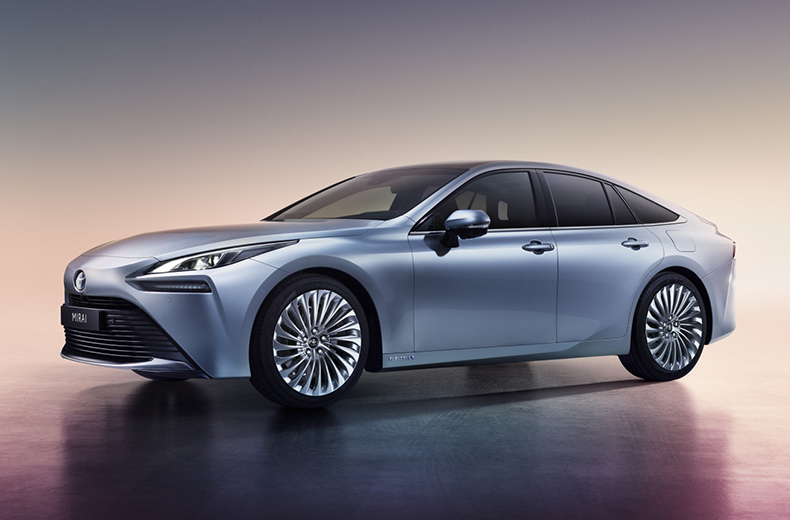
The second-generation Toyota Mirai debuted at the Tokyo Motor Show in 2019.
Its name translated from Japanese means “the future” and its manufacturer hoped it could be a sign of things to come.
Priced at £64,000, its cost relative to electric cars, combined with the lack of infrastructure, means that it hasn't been a big seller in the UK - though Top Gear presenter James May owned one.
Hyundai Nexo
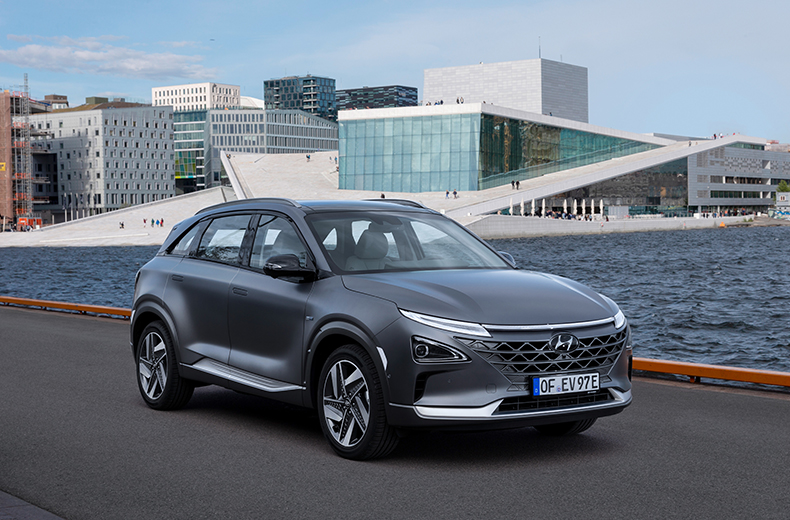
The Nexo was the first hydrogen-dedicated model from Hyundai and succeeded the Hyundai ix35 FCEV.
A range of 414 miles comes at the hefty price of nearly £69,000, with no zero-emission government grant to lower the price these days. .
The South Korean manufacturer claims the vehicle can even purify air. Sadly, sales haven't matched the promises.
The video below from Hyundai expains how the hydrogen fuel cell works.
Riversimple Rasa
Made by a small company in Wales, the Rasa is a prototype hydrogen car with a range of 300 miles from just 1.5kg of hydrogen, giving it the equivalent of around 250mpg.6
Designed as an open source vehicle with the intention of helping other manufacturers produce fuel cell vehicles, the Rasa is a tiny two-seater with a top speed of 60mph.
Sadly, the Rasa is not a production car that you'll be able to buy or lease any time soon.
Hydrogen cars vs electric cars
Environmental impact
Both electric and hydrogen powered cars emit no tailpipe gases, however, the production of the vehicles creates a lot of carbon emissions.
If hydrogen were to be produced by renewable energy - not just powering the car, but also powering the factory it's built in - the environmental impact would be significantly reduced.
However, the same logic applies to electric cars charged up using renewable energy and built in renewable-powered factories.
Cost of fuel
Sold by the kilogram, with current prices around £15 per kilo, it’ll cost up to £85 to refuel the hydrogen tank of a Toyota Mirai,
With consumption of around 70 miles per kg, you'll be looking at a range of just under 400 miles.
While an electric car charged using expensive public charge points could be comparable, it'll be much cheaper to run a battery EV that's charged up at home than a hydrogen fuel cell car.
Upfront cost
Battery electric vehicles (BEVs) have a huge advantage over hydrogen cars in terms of cost.
The Hyundai Nexo costs nearly £69,000 to buy outright. Meanwhile the similarly-sized Hyundai IONIQ 5 can be purchased for under £40,000.
What does the future hold?
The success of hydrogen fuel cell cars depends on a range of factors; the costs and green credentials of hydrogen production, infrastructure improvements including readily available refilling stations, and the fuel cells becoming cheaper.
With nearly 382,000 electric cars registered in the UK alone in 2024, is battery power the dominant solution for green motoring? Or do you still think hydrogen power has potential?
Let us know what you think of these vehicles in the comments below.
3 https://www.gov.uk/government/publications/vehicle-excise-duty/vehicle-excise-duty
4 https://www.toyota.co.uk/new-cars/new-mirai/the-facts
5 https://www.gov.uk/government/news/new-greener-police-cars-to-run-on-hydrogen
6 https://www.riversimple.com/faqs-the-riversimple-movement/

RAC sale – up to 33% off*
• Roadside cover from £5.29 a month†
• We get to most breakdowns in 60 mins or less
• Our patrols fix 4/5 breakdowns on the spot


